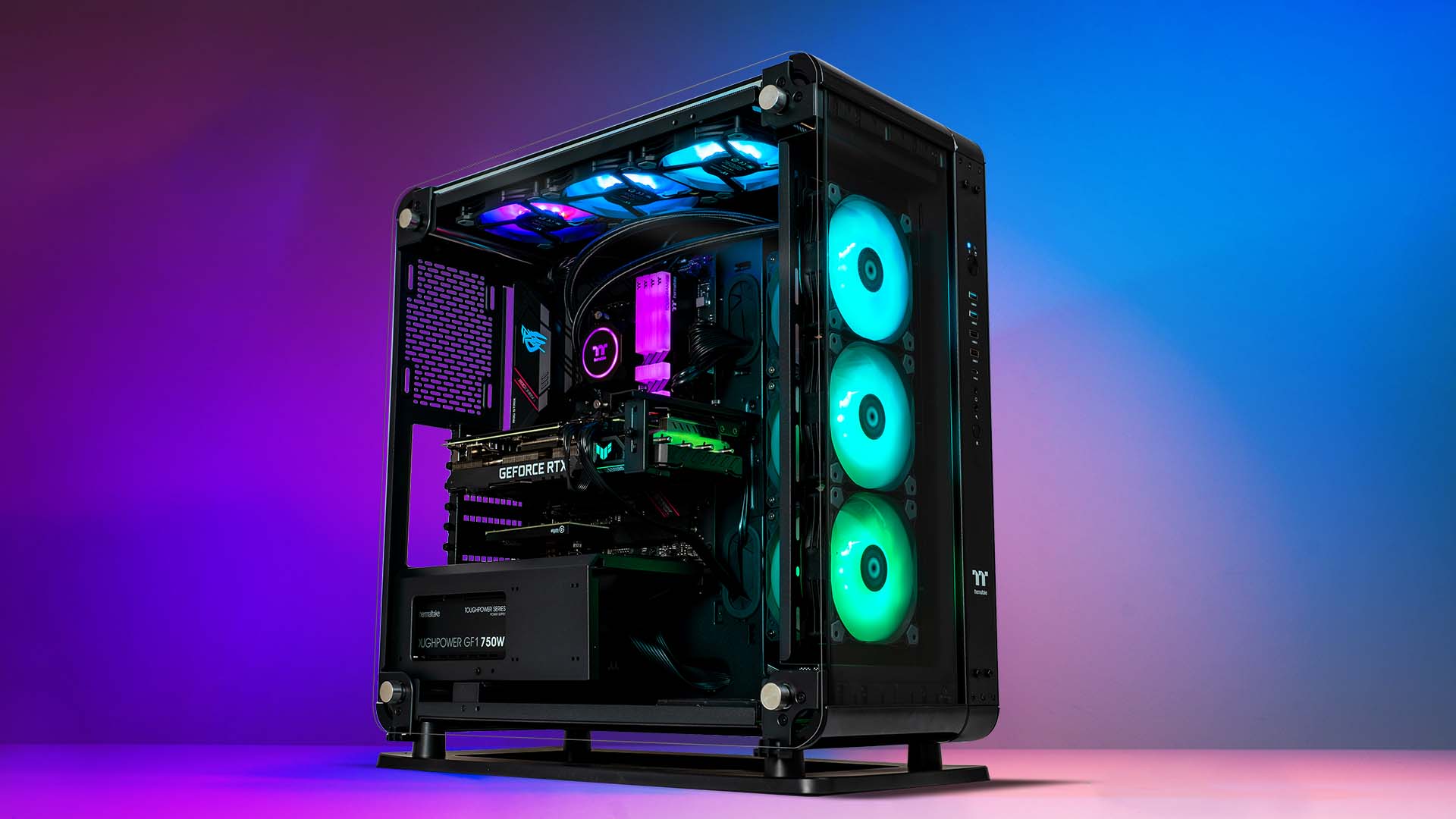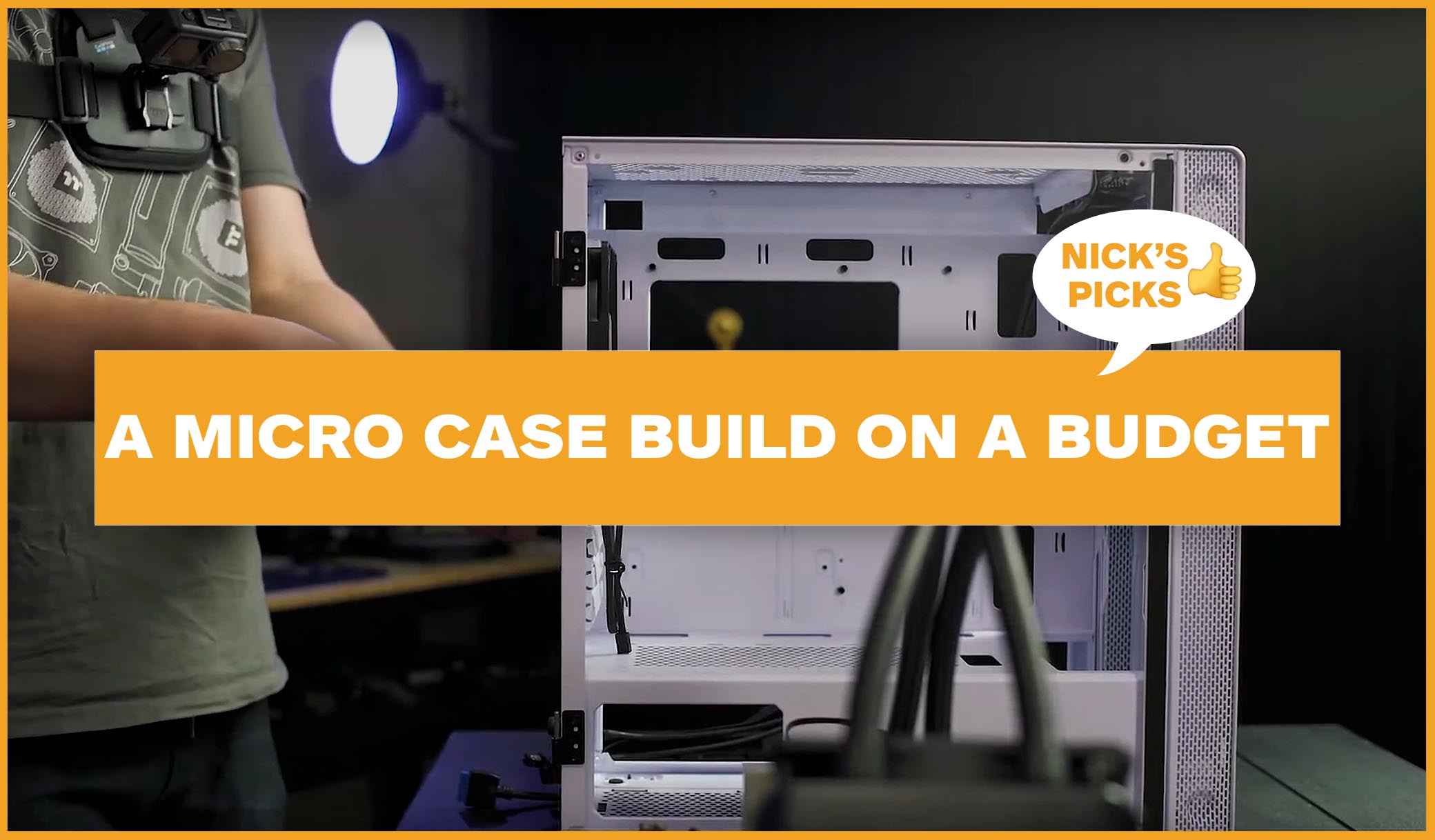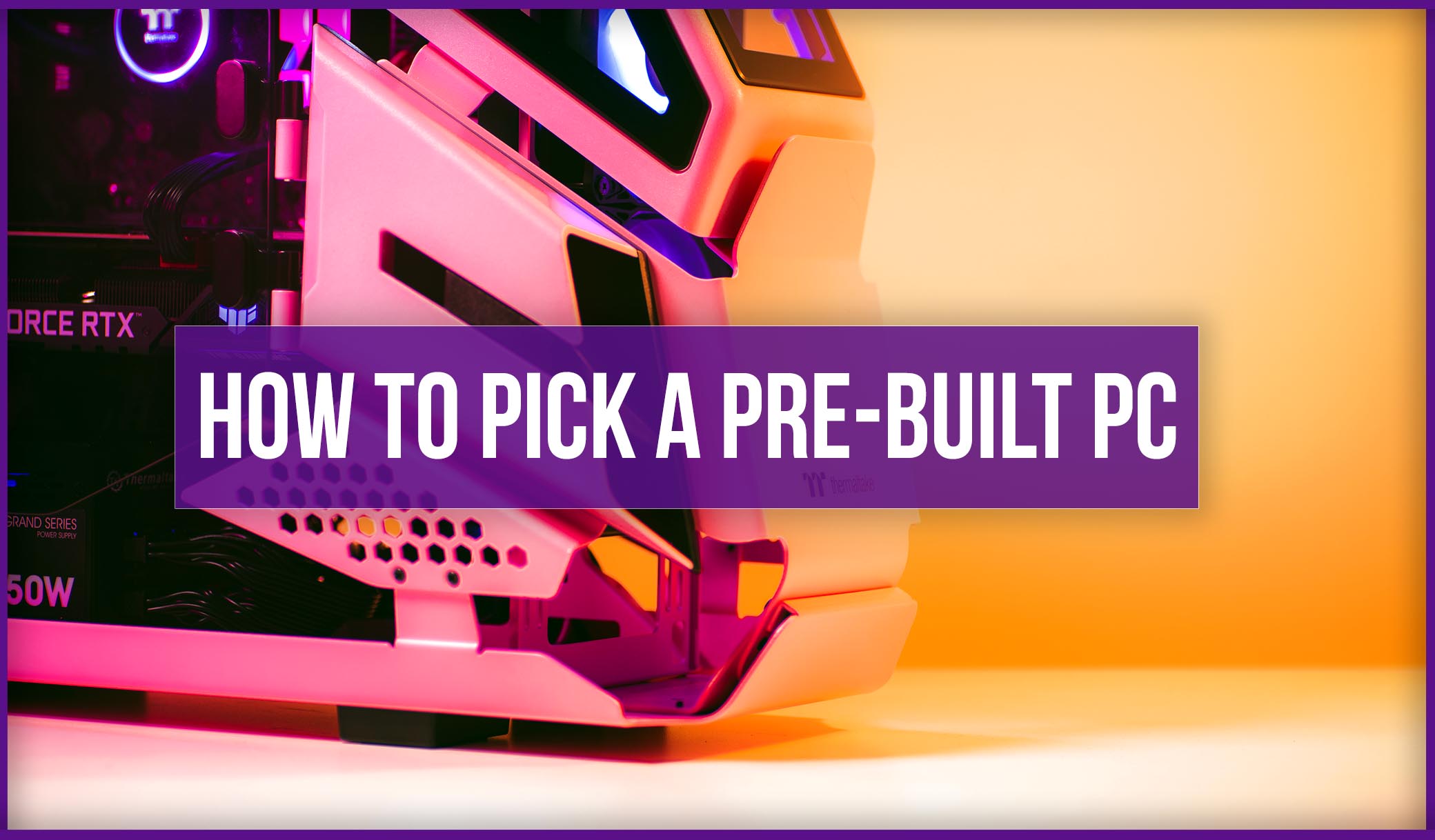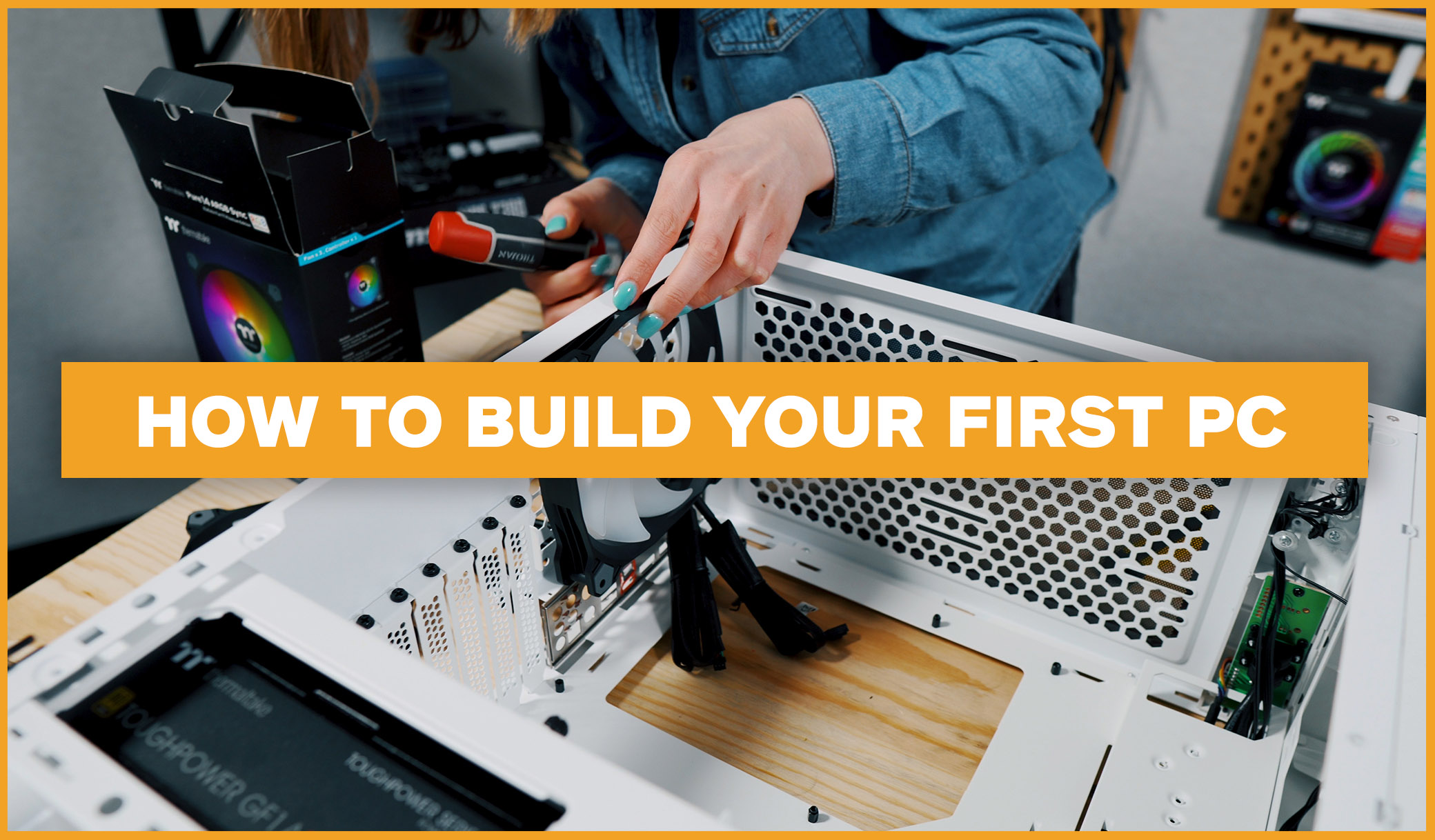There is a LOT of information out there for people trying to get into PC building. But that does also mean there is a lot of misinformation too! So, these posts aim to clear that up for anyone looking for the RIGHT answers to some common PC Tech myths. Welcome to PC Tech Mythbusters Part 2 – Airflow Configuration Edition.
Myth 1 – More fans = better!
This myth is half true. Yes, of course the more fans you utilise, the more air can be moving through your case. More fresh air, less hot air = happy hardware. But their configuration is far more important. Ensuring you have the most optimal configuration for your hardware will be far more of a game changer, than just overloading your case with fans. You might even discover that if you removed a bunch of fans, very little changes regarding temperature.
So yes, if you have a case with a lot of spaces for fans and you want to occupy them all for aesthetics, go for it. But, don’t be alarmed if you don’t have that option or can’t afford to. With even just a few fans installed in the optimal configuration, you will probably see a very similar result in terms of temperature.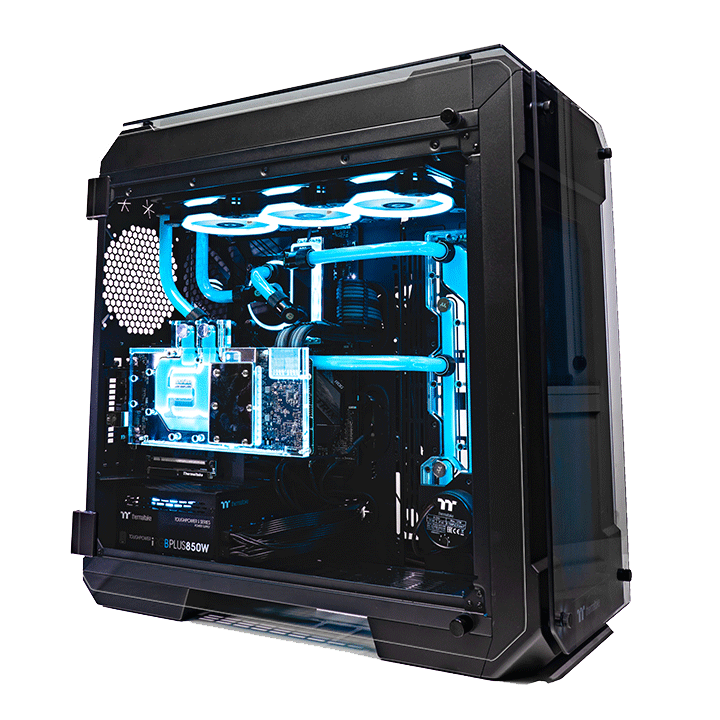
Myth 2 – You should run with 140mm fans over 120mm as they are bigger
If you don’t know already, there are a few sizes of fans you can go with in your PC. The most common two however, are 120mm and 140mm. So, the question is, should you go for 140mm or 120mm? Well, the first factor to think about will obviously be your case, as smaller cases (i.e., itx, mini itx) might not actually even support 140mm fans. But if you case can, are bigger fans always better?
If we remove appearance and cost entirely from the equation, yes 2 140mm fans will be more effective than 3 120mm fans. There is this fantastic post over on Reddit where someone actually breaks down the math of this if you want to read it for yourself. Essentially, just in terms of volume of air being pushed through, 2 140mm will perform better and be quieter too.
However, that does not mean it’s the only valid option. 3 120mm fans still do the job and I you also just like the look of them, go for it! There is absolutely nothing inherently wrong with it either, having any fans is better than none!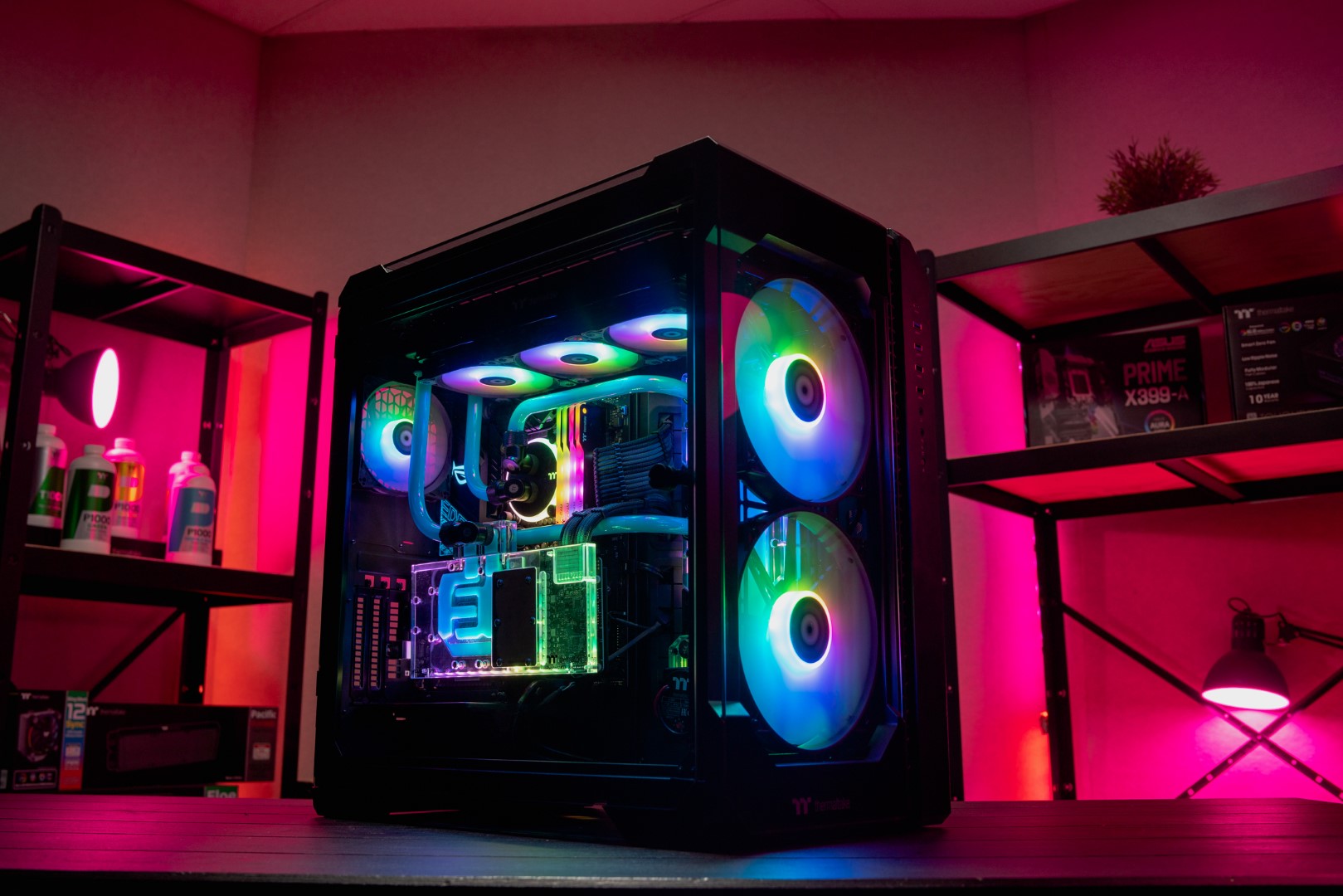
Myth 3 – You should ONLY mount your AIO fans as exhaust
This is a definite point of contention on some of our AIO videos on our YouTube channel. If you didn’t know already, majority of fans have a single airflow direction. Fans pull air through the front of the fan and out the back. So, when a fan is placed with the front facing into the case, it is functioning as an exhaust fan, pushing air out. If you want a fan to draw air in, the front needs to be facing outwards.
So, when popping some fans on a radiator, should they always be exhausting air? If you are mounting your radiator at the top for example, yes, it absolutely makes sense to run it as an exhaust. But if you have no other intake fans in your PC, you can also run it as an intake if you want by flipping them around. I’d also recommend running intake fans if you are front mounting your radiator.
“But Sarah, won’t that just pump HOT air into my case!?” you ask, sillily.
I can sort of understand why you might think this, but let me explain why that isn’t the case. The point of a radiator isn’t just to look cool. When your AIO pump moves the water down to the radiator, it passes through the fins which cool it down. The exhausted air is not steaming hot at all. If you’ve ever popped your hand over your rad fans when they’re working, you’ll note you do not get third degree burns. Yes, the air is not ice cold, but nor is the air in your room. It might be slightly over room temp, but if you have no other intake fans at all, that will be better than nothing.
For some reason, people seem to think the air evaporating from your AIO is hotter than the burning depths of hell and that’s just entirely not true.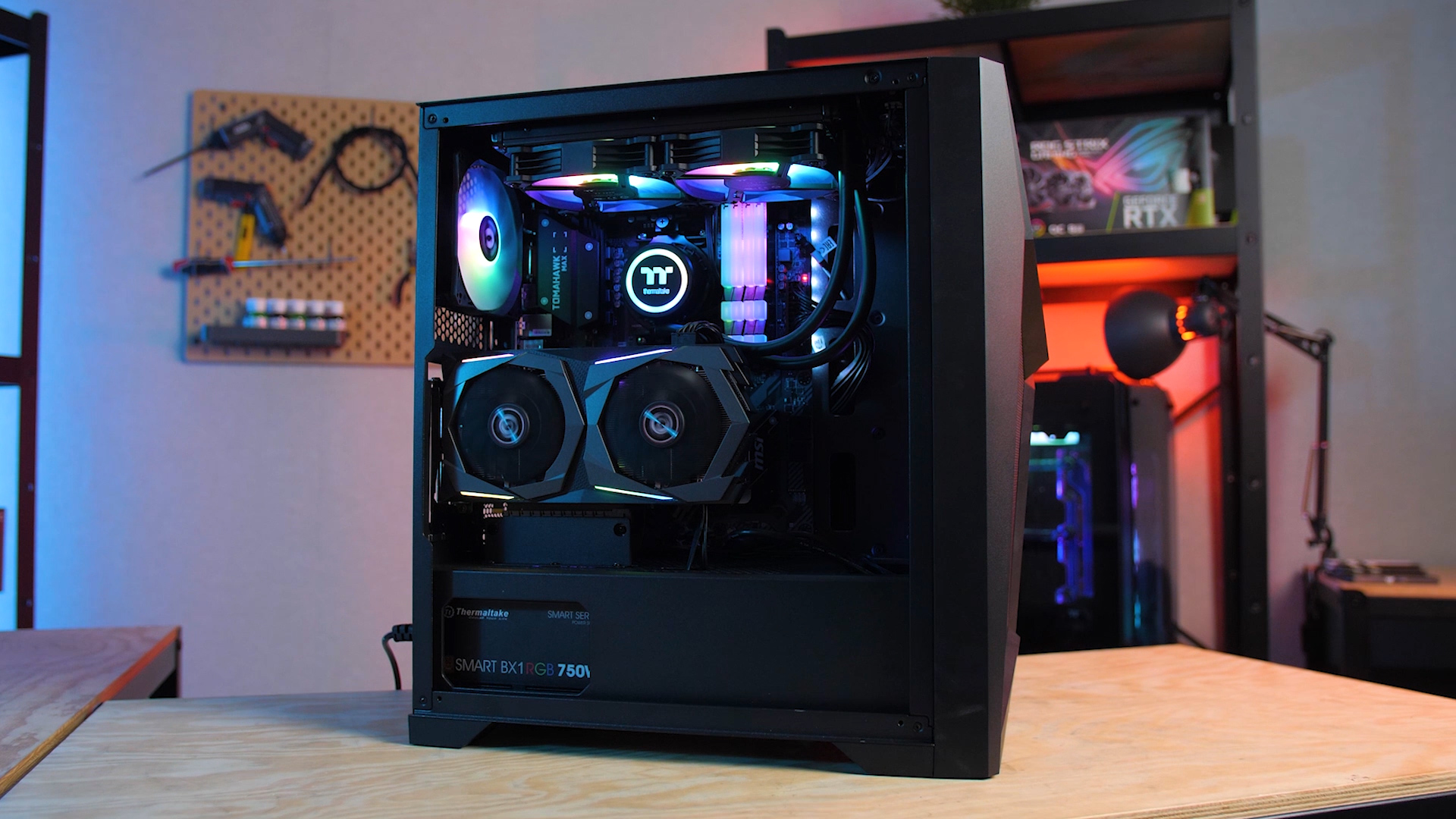
Myth 4 – The PSU fan needs to face a certain direction
This is most certainly another area of hot debate in the PC building community. Do you need to pop your PSU inside your case with the fan up, or down? So, to be honest, there isn’t a huge difference either way. But most people will attest that popping it in with the fan down is the better option. The main PSU fan is an intake fan, with the air exhausting out the back, so drawing in air from underneath does make the most sense.
However, there is some drawbacks to doing this. It is possible that your PSU could draw in a lot of dust and all sorts of other stuff though if you don’t have a bottom filter. Additionally, PSU fans don’t turn on all the time, only really needing to turn on when under load, so as long as the rest of your PC has a decent airflow configuration, overheating is highly unlikely.
Myth 5 – A completed balanced airflow is the ONLY good airflow configuration
Generally speaking, your options for airflow configuration will fall into one of the 3 following configurations.
- Negative Airflow – when all fans are exhausting.
- Positive Airflow – when all fans and intaking.
- Balanced Airflow / Neutral Airflow – When the same (or similar) number of fans are intaking and exhausting air.
The majority of people will say you should aim for a balanced airflow configuration, with fans at the front pulling air in and fans at the back and top exhausting. There is a great video from LinusTechTips showcasing an experiment where they left PC of each of these options running for a year and then looked at the results. This is a great video to showcase how so many different factors can make a configuration better in different situations.
So, no there isn’t one “the best” airflow configuration that fits all builds, every PC is different, so every airflow configuration could be different. But as a good guide for first timers, aiming for a balanced airflow configuration isn’t a bad idea.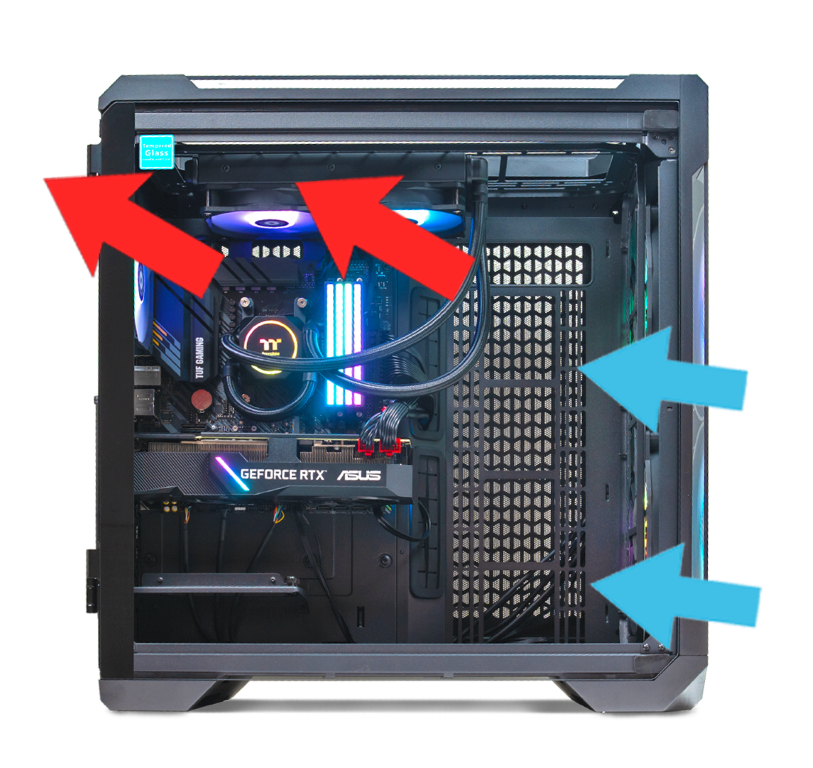
Myth 6 – A solid panel front case, means you will always have bad airflow
A lot of people hate on solid front panel cases, and it is somewhat understandable. Airflow is an important part of a PC, and it’s easy to deduce that a giant metal front is going to hinder that. While going with a mesh front will always be a better choice if you are worried about airflow, it’s not the end of the world if your PC doesn’t have one. As long as there is some ventilation space around the sides, air will still be pulled into your case. If you aren’t running super beefy components and have some good exhaust fans, overheating is pretty unlikely. But when in doubt, mesh fronts are always your best friend if you are worried in the airflow department.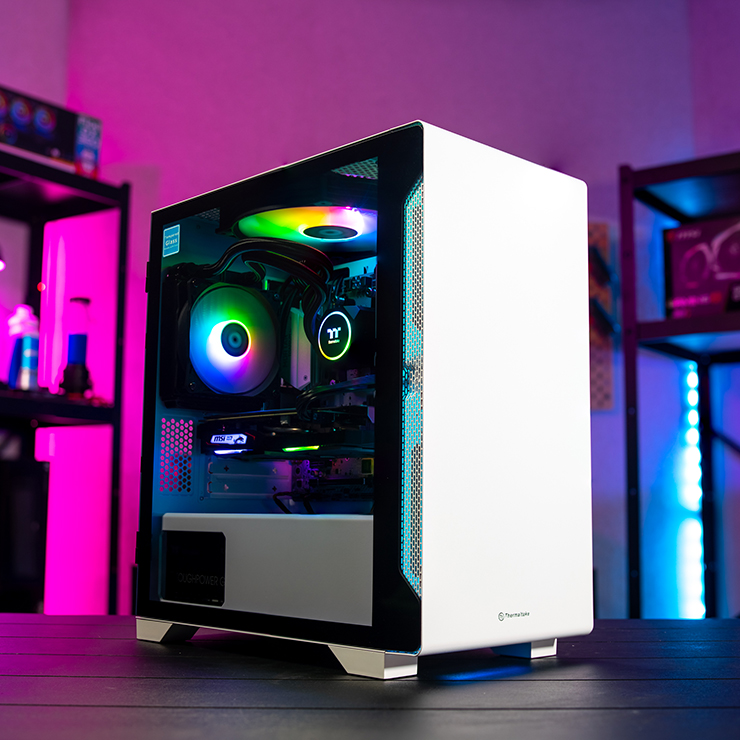
So, that was a bunch of PC Tech Myths about airflow congifuration BUSTED!
I hope this was able to clear up some common misconceptions about Airflow Configuration . Do you know of any misconceptions around airflow that I forgot to include? Leave a comment below and let everyone know! And while you’re still here, wy not check out the rest of our Tech posts, or head over to our YouTube channel for more awesome content from us!
